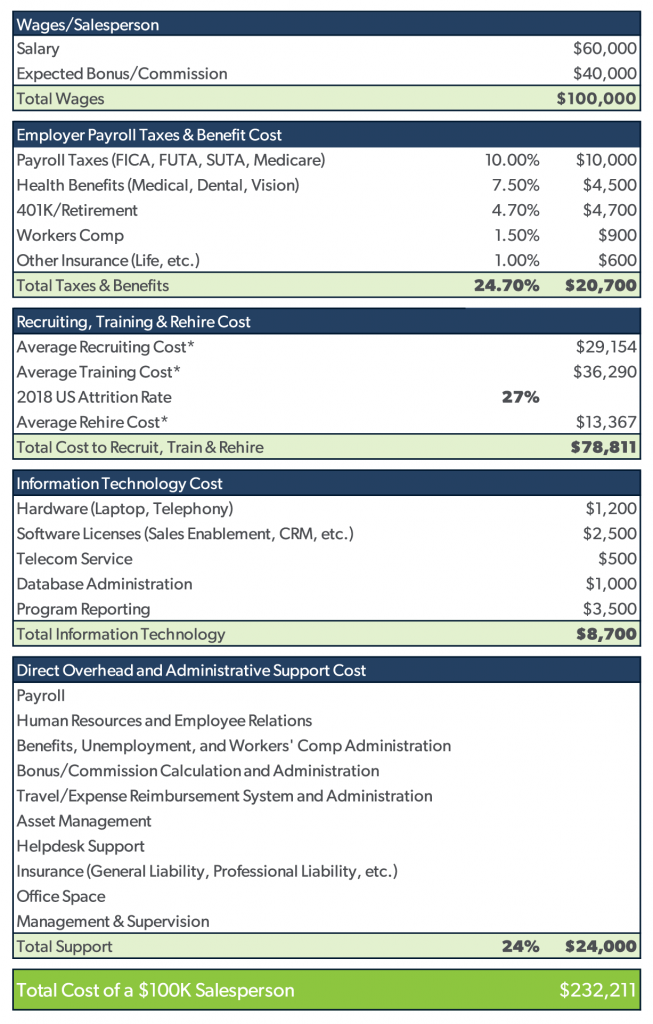In the Spring of 2020, many organizations furloughed or dismissed all or some of their sellers. In the short term, this allowed them to quickly stabilize costs while protecting revenue. Months later, we have reconciled to the idea that the COVID-19 pandemic will be with us for an indefinite time and the health and business climate will remain fluid.
Now, as businesses settle into the next normal, they must rebuild pipelines and prepare for a return to growth. But what is the best way to do that? Can re-hiring sellers be justified in the absence of pipeline? Is the financial risk of bringing sellers back into the organization too high when future pipeline and revenue remain as unpredictable as the pandemic itself?
Full-service sales outsourcing can mitigate the financial risk and shorten the time to build—or rebuild—pipeline and sales.
Sales outsourcing provides a flexible opportunity to assess, design, and quickly implement a go-to-market sales strategy in the current normal, while retaining the ability to quickly pivot should the environment change, as it inevitably will.
You can develop a strategy to optimize your sales expense and maximize your returns in this transitional environment by using high-value sales outsourcing, sometimes referred to as Business Process Outsourcing, or BPO.
Assessing the Costs
Is outsourcing a good financial move? A good place to start is by calculating the cost of a salesperson. Many leaders run a quick calculation of salary + bonus or commission + a percentage allocation of overhead and that’s their number. But is that the real cost?
Not finding a published answer to this question, MarketSource financial analysts set to work to figure it out. Using proprietary data based on years of experience in the human capital and sales outsourcing industry, they built a robust model that accounts for all the costs incurred in recruiting, onboarding, training, supporting, and managing a salesperson.
B2B Sales Rep Expense Model™

© MarketSource 2020 | Source: *DePaul Center of Sales Excellence Study
Using this true cost model, CFOs can understand the real cost of one salesperson and evaluate whether outsourcing may, in fact, be a wise financial move.
Other Items to Consider in Cost Comparison:
Management time associated with interviewing, hiring, and training
Lost revenue and opportunity cost of turnover
Performance management including employee severance
Employment and workers’ comp claims
Risk mitigation by using outsourced service
ROI—revenue targets for internal vs. outsourced
Continuous improvement in sales process
Time and cost in testing, adopting, and utilizing new technology
Interested in learning more? Read the article: Should You Hire or Outsource Your Sale Team? The CFO’s Guide to Calculating Sales Expense for more perspective.

